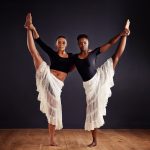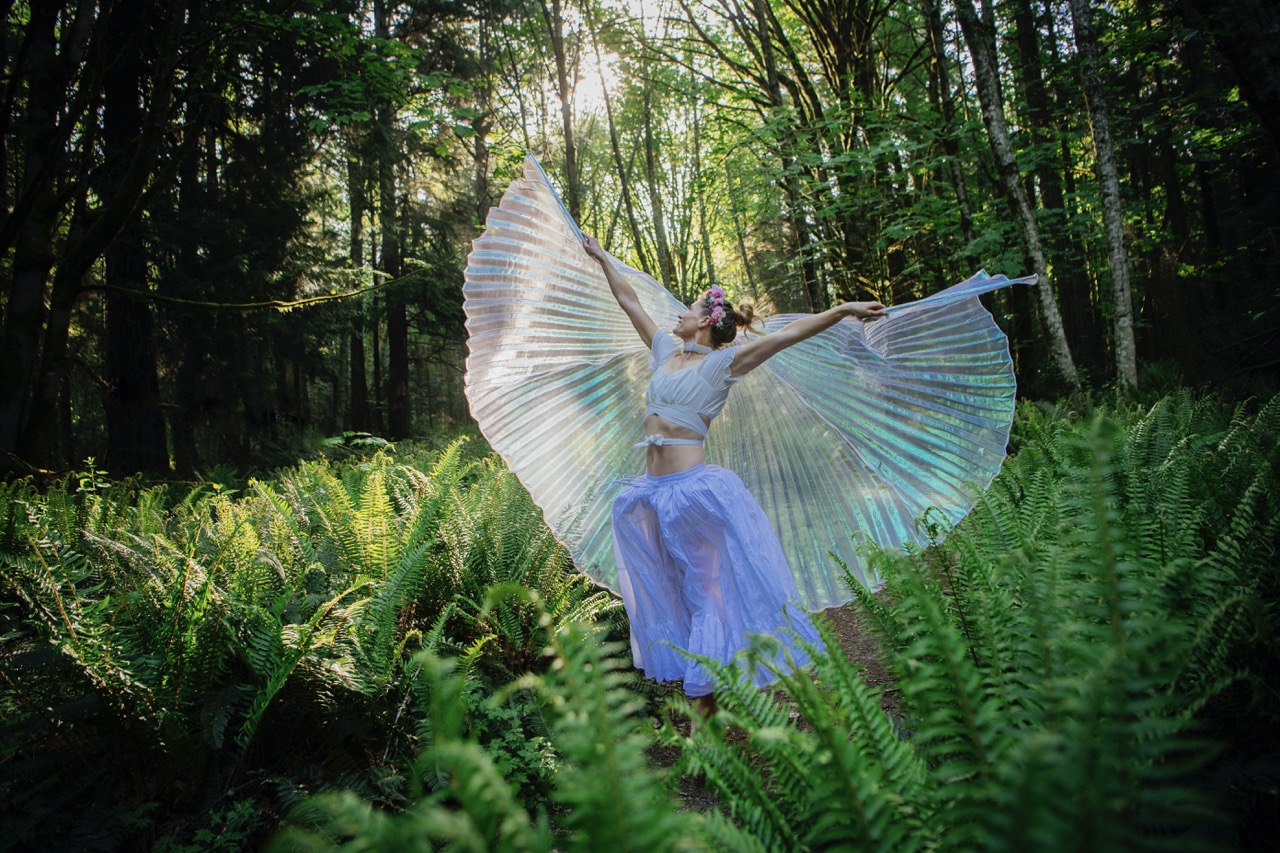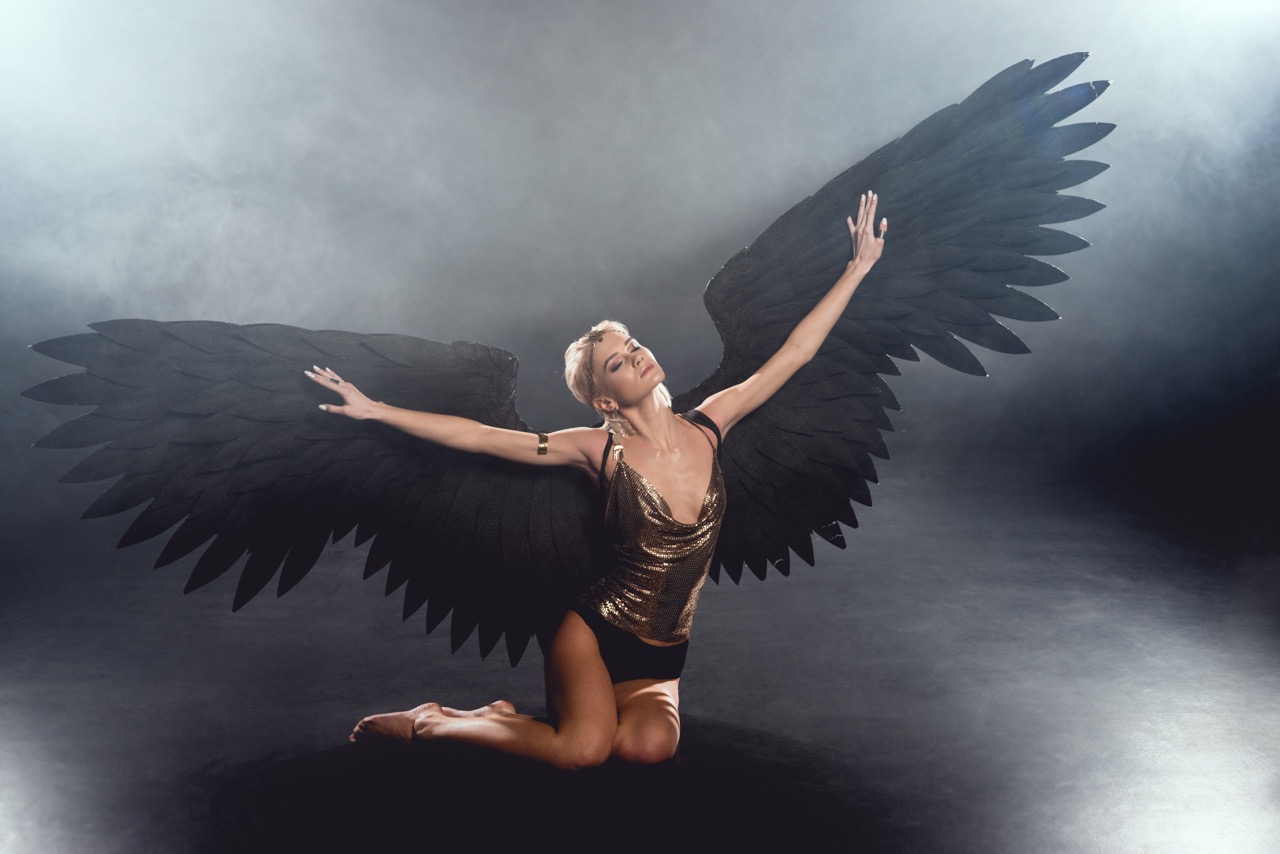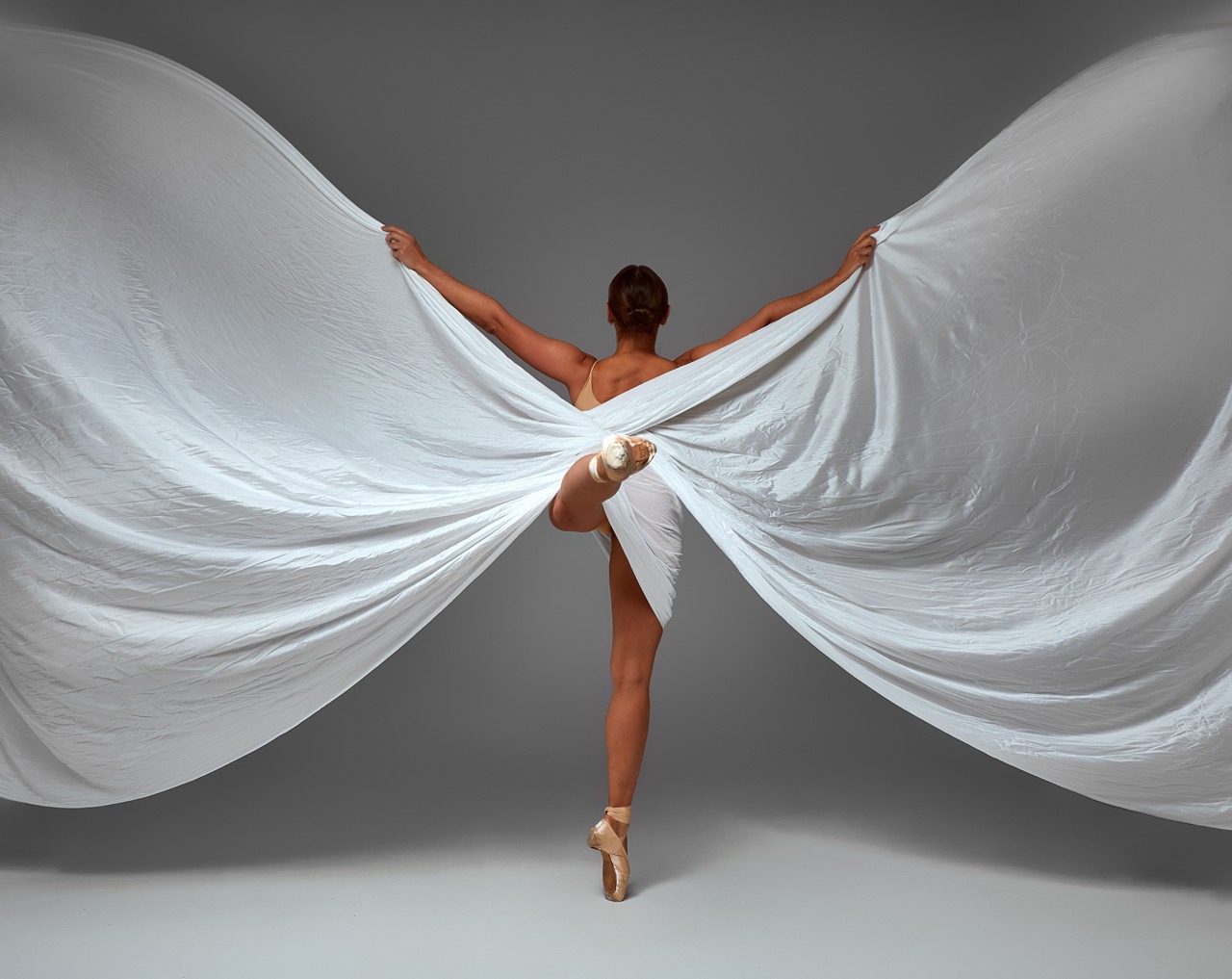Dance is often viewed merely as a form of artistic expression or entertainment, but its psychological benefits extend far beyond the stage. Rooted in ancient cultures and traditions, dance has served as a medium for communication and connection among people. As we delve into the intricacies of dance, we uncover its profound capacity to engage the mind and body, offering a therapeutic outlet and enriching our emotional landscapes. This article explores the multifaceted psychological advantages of dance, shedding light on how it enhances our emotional well-being, alleviates stress, and fosters community.
Unveiling the Mind-Body Connection Through Dance
The act of dancing transcends mere physical movement; it embodies the intricate interplay between the mind and body. When individuals engage in dance, they activate a myriad of neural pathways, fostering cognitive flexibility and enhancing motor skills. This holistic engagement promotes a sense of awareness and presence, allowing dancers to experience a heightened state of mindfulness. As they immerse themselves in the rhythm and movements, dancers often find themselves in a meditative state, where worries and distractions fade away.
Moreover, the rhythmic patterns inherent in dance can synchronize with the body’s natural rhythms, creating a harmonious balance that promotes psychological well-being. This synchronization not only encourages the release of endorphins, often referred to as “feel-good” hormones, but also fosters a sense of connection with oneself. By moving in unison with music and personal expression, dancers cultivate a deeper understanding of their emotions, allowing for self-discovery and personal growth.
Ultimately, the mind-body connection fostered through dance serves as a powerful reminder of our innate capacity for resilience. As individuals learn to navigate the complexities of rhythm, tempo, and movement, they discover their ability to adapt and overcome challenges—an essential component of mental fortitude. This creative exploration enables individuals to express themselves in ways that words may fail to capture, solidifying the bond between mind and body.
How Dance Enhances Emotional Well-Being and Resilience
Dance is a potent tool for emotional expression and processing, providing an outlet for feelings that may be difficult to articulate. Through movement, individuals can convey joy, sorrow, anger, or love, enabling them to connect with their emotions on a deeper level. This emotional expression can lead to catharsis, allowing dancers to release pent-up feelings and achieve a sense of clarity and peace. In this way, dance becomes a form of therapy, enabling individuals to work through their emotional complexities in a constructive manner.
Furthermore, engaging in dance can significantly bolster emotional resilience. Resilience is characterized by the ability to bounce back from adversity, and dance provides a safe space to cultivate this trait. As dancers confront physical challenges, learn new techniques, and express their emotions, they develop an internal reservoir of strength and adaptability. These experiences build confidence and self-efficacy, as individuals recognize their capacity to persevere and evolve through challenges—both in dance and life.
The communal aspect of dance further enhances emotional well-being. Participating in group classes or social dance events allows individuals to share their experiences and connect with others, fostering a sense of belonging. This shared experience can lead to the formation of supportive networks, enabling individuals to draw strength from their community in times of difficulty. In this way, dance not only nurtures individual emotional health but also contributes to collective resilience, creating environments where people uplift one another through the power of movement.
The Role of Movement in Alleviating Stress and Anxiety
In a world increasingly characterized by stress and anxiety, dance emerges as a powerful antidote. Engaging in physical movement triggers the release of neurotransmitters such as serotonin and dopamine, which are crucial for regulating mood and reducing feelings of stress. When individuals dance, their bodies unconsciously release tension and anxiety, creating a transformative experience that can lead to a sense of liberation and tranquility. The sheer joy of movement can dissolve the burdens of daily life, allowing dancers to momentarily escape their worries and immerse themselves in the present.
Moreover, dance acts as a form of physical exercise, which is well-documented for its stress-relieving properties. Whether it’s a lively salsa class or a graceful ballet performance, dance provides an enjoyable way to stay active and improve overall physical health. Regular participation in dance activities can lead to improved sleep patterns, higher energy levels, and better overall mood, all of which contribute to a reduction in stress and anxiety. The combination of physical exertion and artistic expression creates a unique opportunity for individuals to release pent-up frustration and channel their energy into something joyous and fulfilling.
Additionally, the rhythmic aspect of dance can have a calming effect on the mind. Movement to music allows individuals to synchronize their breathing and heart rates with the tempo of the music, creating a natural rhythm that promotes relaxation. This synchronization encourages a meditative quality, where dancers can let go of racing thoughts and immerse themselves in the moment. In this way, dance not only serves as a physical outlet but also as a mental sanctuary, offering individuals a path to tranquility amidst the chaos of daily life.
Dance as a Catalyst for Social Connection and Belonging
The social dynamics of dance create an inviting atmosphere where individuals can forge meaningful connections with others. Whether through dance classes, community events, or social gatherings, the act of moving together fosters a sense of camaraderie and shared experience. This connection can be especially significant for individuals who may struggle with feelings of isolation or loneliness, as dance provides a platform for engagement and interaction. The shared joy of movement cultivates a sense of belonging, reminding individuals that they are part of a larger community.
In addition to creating social bonds, dance can also break down barriers between individuals. It transcends age, culture, and background, inviting people from diverse walks of life to come together and celebrate the art of movement. This inclusivity nurtures mutual understanding and appreciation, fostering an environment where individuals can learn from one another and expand their perspectives. The collective joy of dancing often promotes acceptance and unity, reinforcing the idea that we are all connected through the universal language of movement.
Moreover, the relationships formed through dance can have profound impacts on mental health and well-being. Engaging in social dance not only provides opportunities for connection but also serves as a source of support. Individuals can share their experiences, challenges, and triumphs with one another, creating a network of encouragement and positivity. These connections can be particularly vital during challenging times, offering solace and motivation through the ups and downs of life. Ultimately, dance serves as a powerful catalyst for social connection, weaving a tapestry of relationships that enrich our lives and contribute to our overall psychological health.
In exploring the psychological benefits of dance, we discover that it is far more than a mere physical activity. As a dynamic expression of the mind-body connection, dance enhances emotional well-being, alleviates stress, and fosters social bonds. Through the transformative power of movement, individuals can find not only joy and creativity but also resilience and belonging. As we continue to embrace dance in our lives, we unlock the potential for profound personal growth and connection, reminding ourselves of the beauty of unity through movement. Whether as a seasoned dancer or a newcomer on the dance floor, the invitation to express oneself through this ancient art form is always open—on every beat, in every step.










